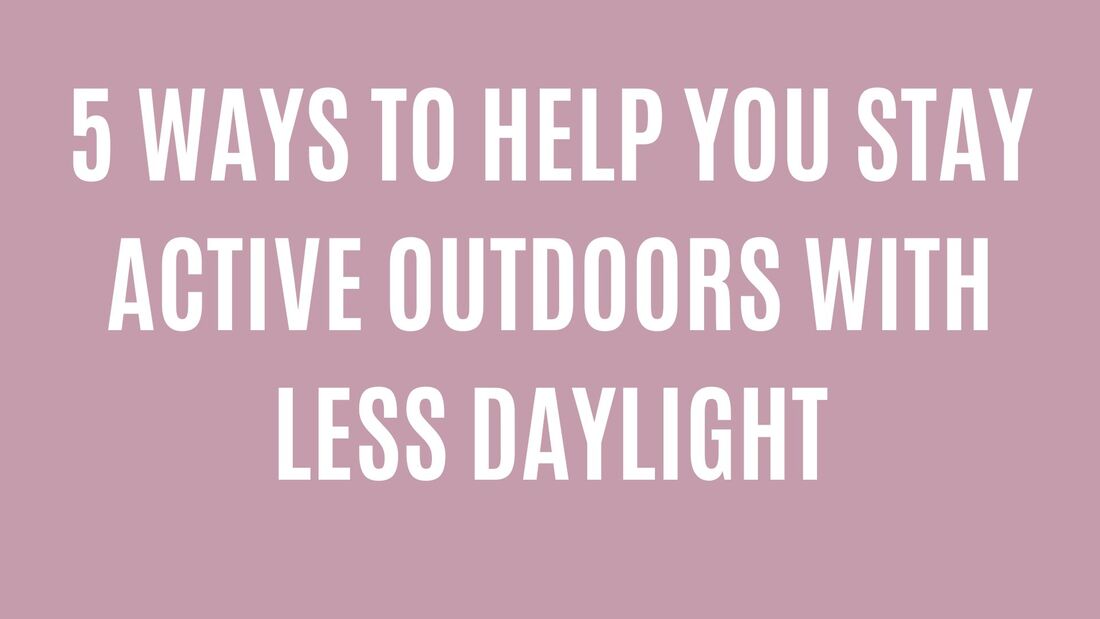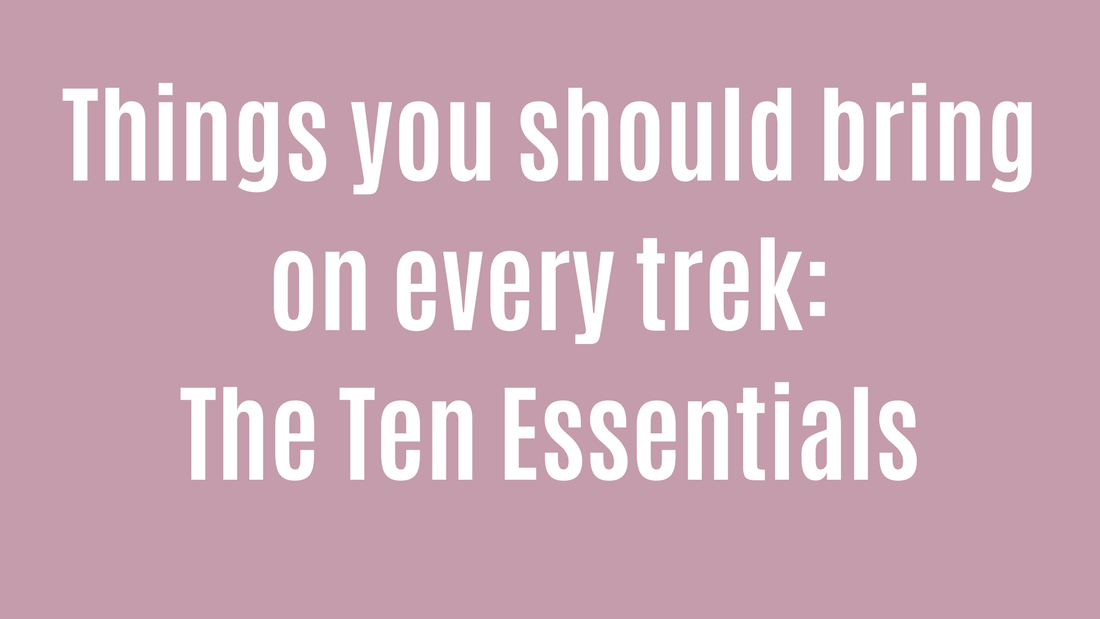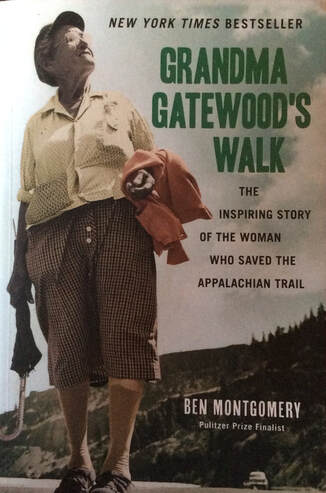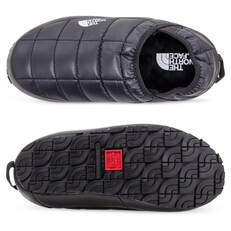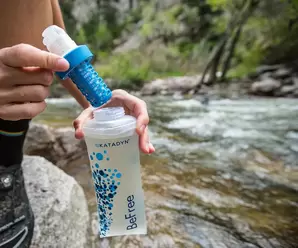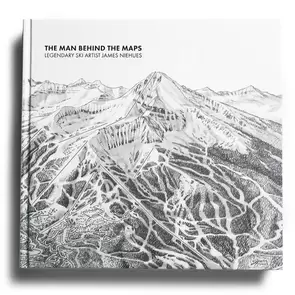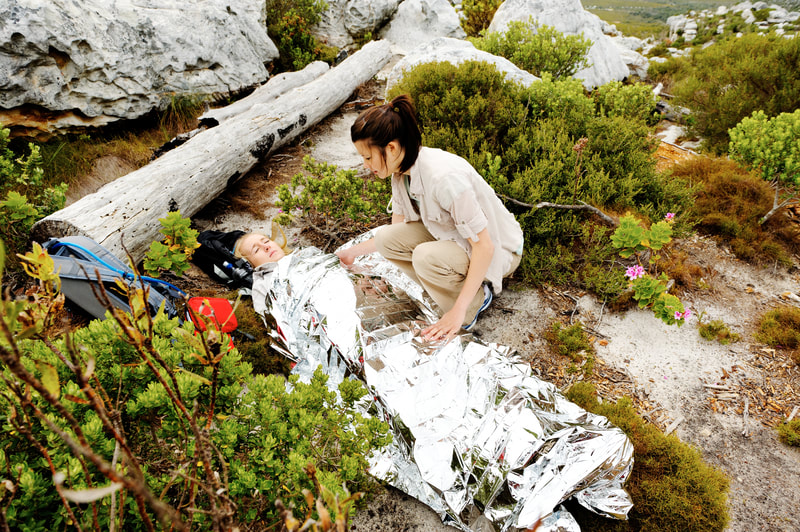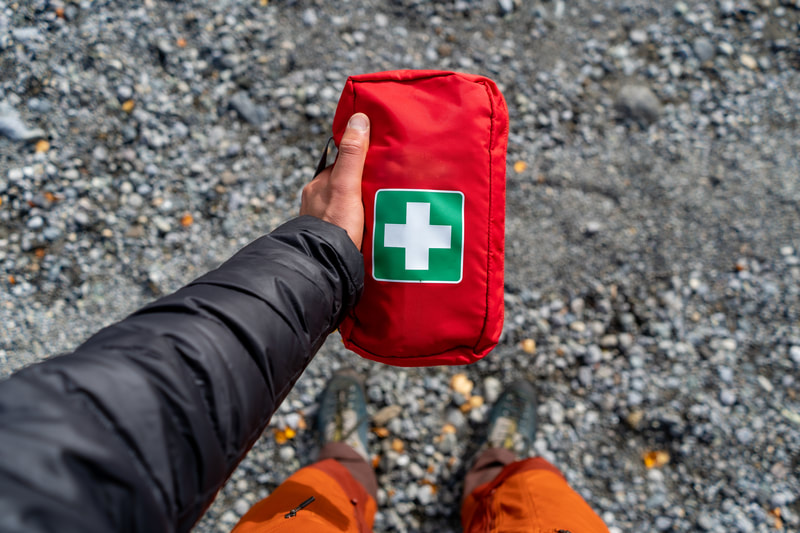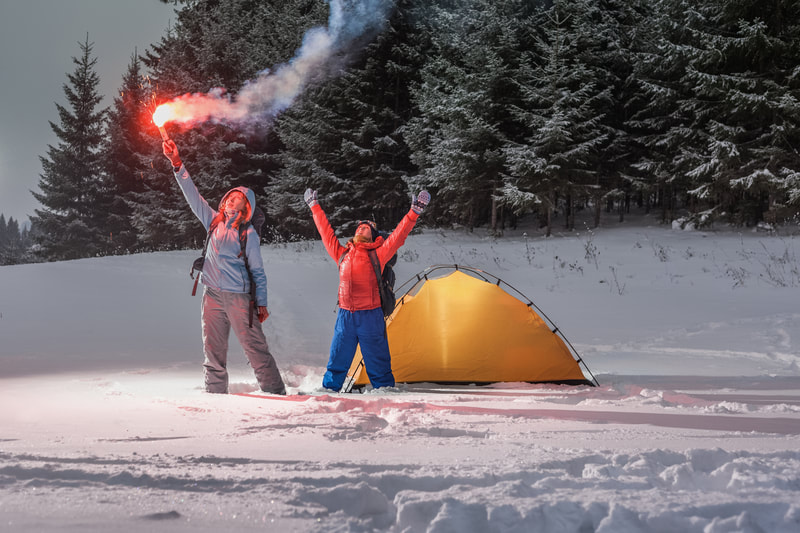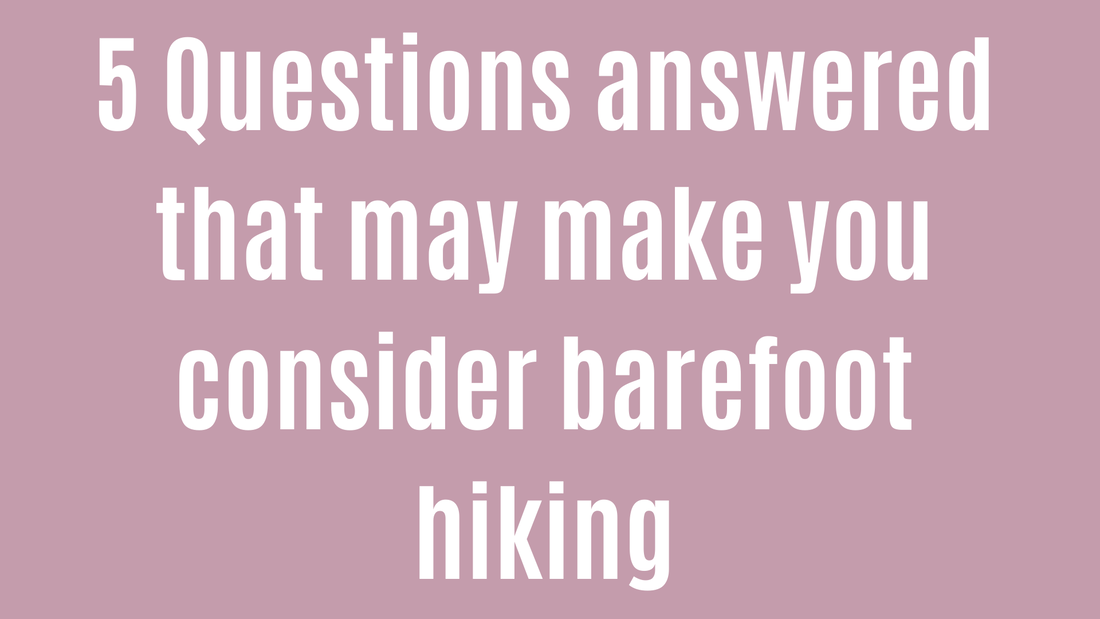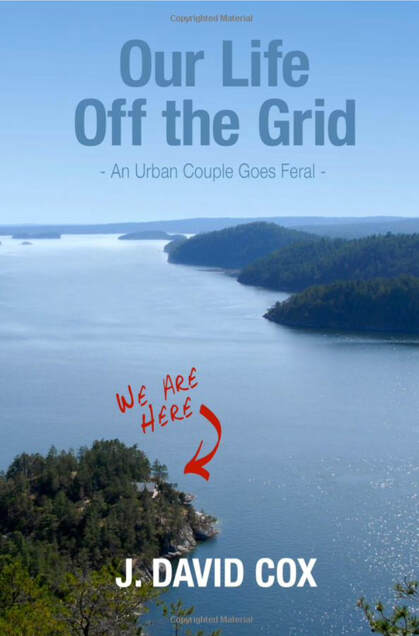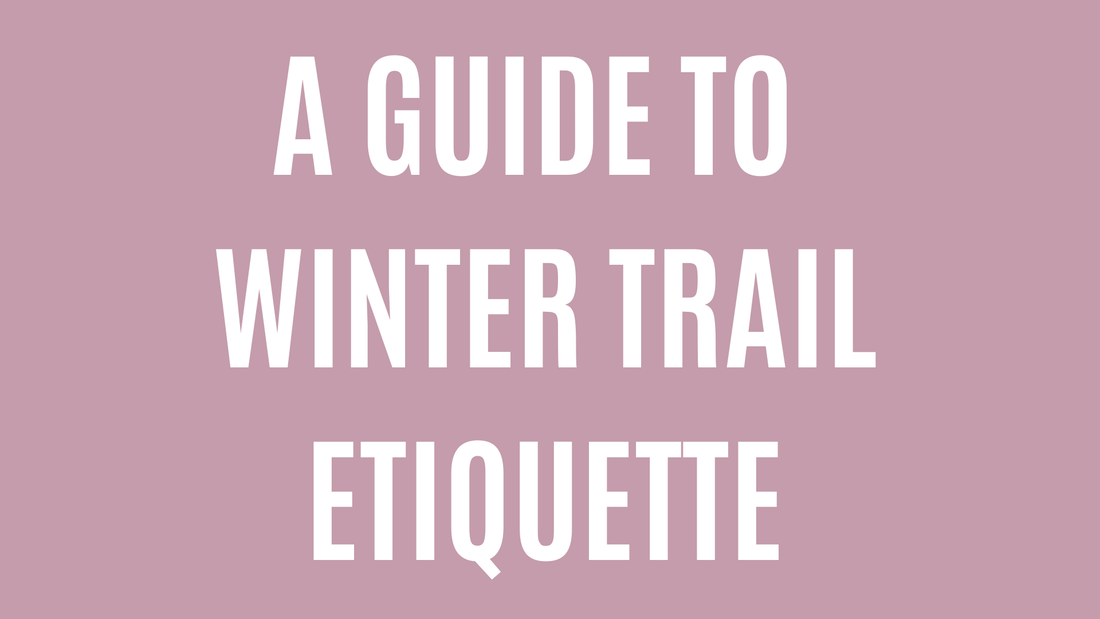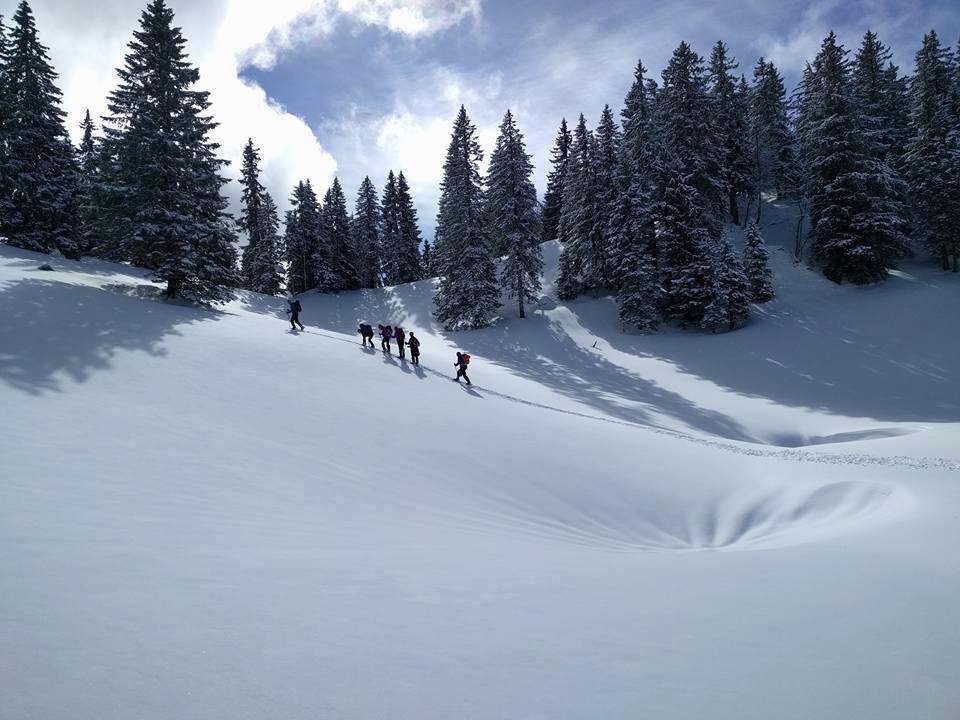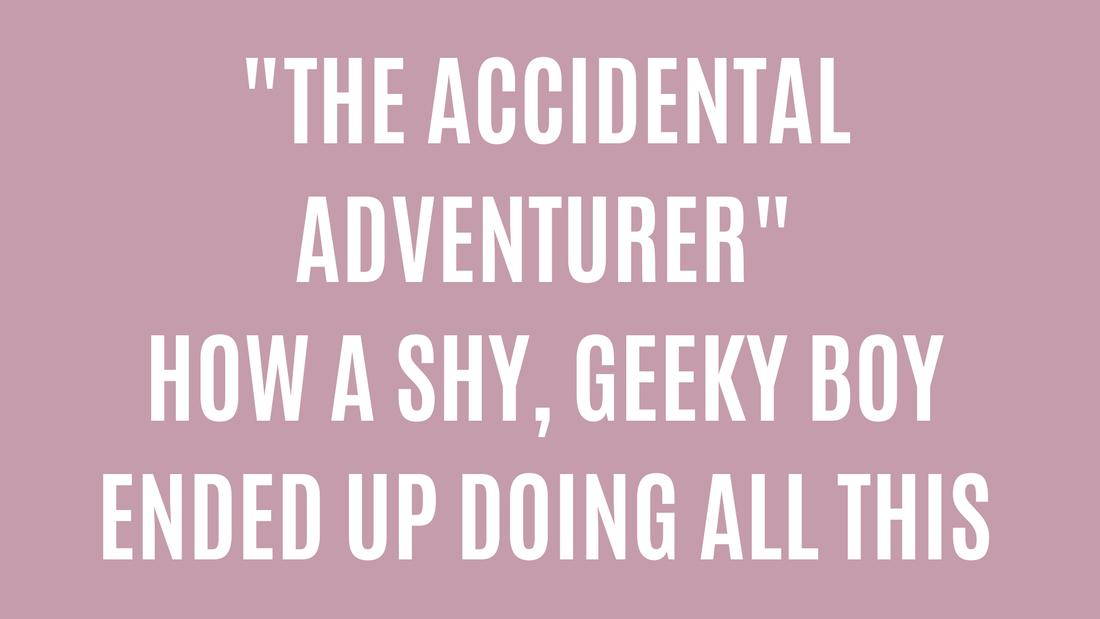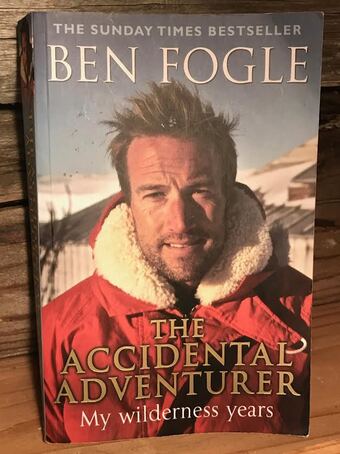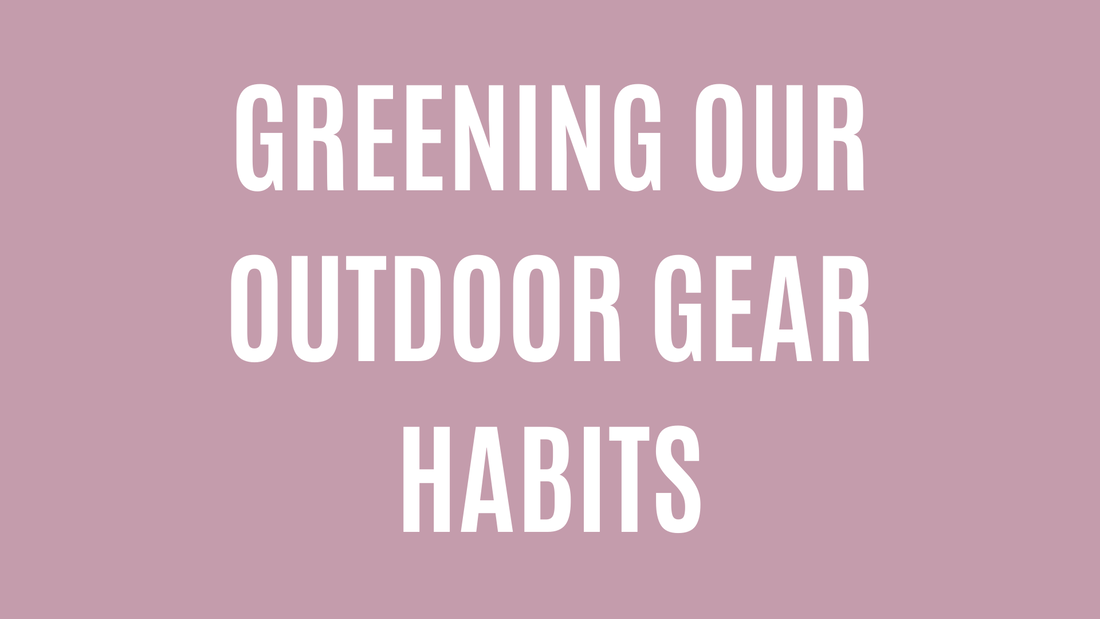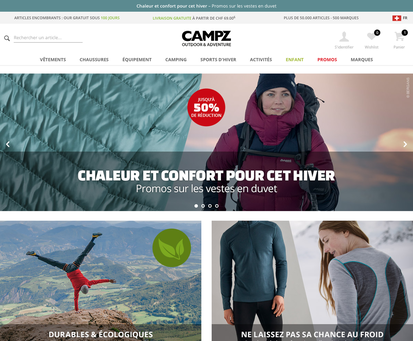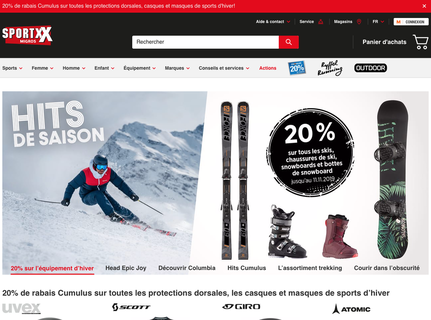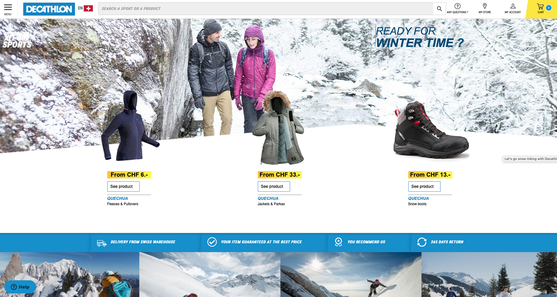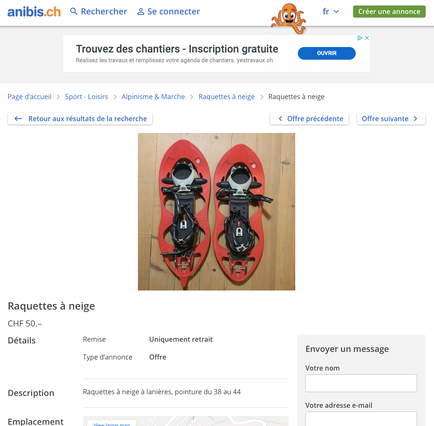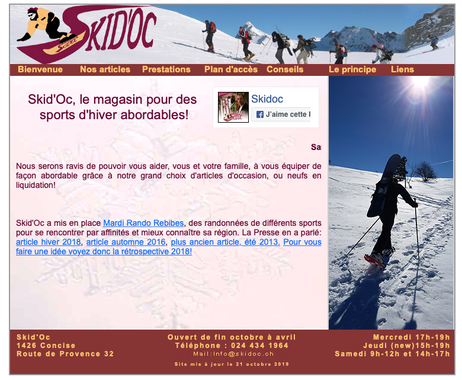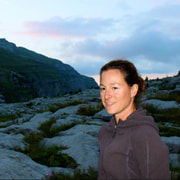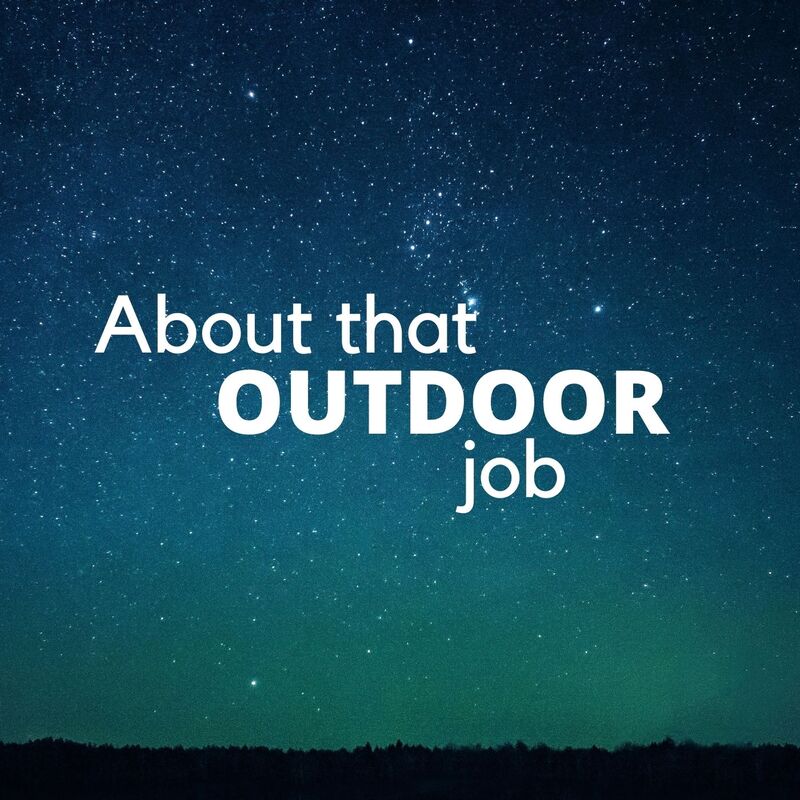0 Comments
1. Navigation: map, compass, altimeter, GPS device, personal locator beacon (PLB) or satellite messenger 2. Headlamp: plus extra batteries 3. Sun protection: sunglasses, sun-protective clothes and sunscreen 4. First aid: including foot care and insect repellent (as needed) 5. Knife: plus a gear repair kit 6. Fire: matches, lighter, tinder and/or stove 7. Shelter: carried at all times, in its simplest form an emergency blanket can do the trick 8. Extra food: Beyond the minimum expectation 9. Extra water: Beyond the minimum expectation 10. Extra clothes: Sufficient to survive an emergency overnight To be honest, we think there should be an eleventh essential, Leave no trace, to help keep the trails we love stay beautiful for generations to come. Include a sealable bag to pack waste out.
Grandma Gatewood, as she became known, first read about the Appalachian Trail in a discarded 1949 issue of National Geographic. The article claimed that the trail was “planned for the enjoyment of anyone in normal good health” and the trail “doesn’t demand special skill or training to traverse.” The article also mentioned that food and shelter, trailside, were easy to come by. What Emma discovered on her journey was far from the claims the article made. She became the object of much media interest and she was outspoken during her interviews with journalists to mention the lack of food and shelter as well as the poor condition of the trail in areas. The title of the book claims that she saved the Appalachian Trail although there is no substantiation of this in the story. Perhaps her frankness with the press about trail conditions led to improvements, more maintenance, and certainly an increase in usage of the trail but there is nothing documenting that she was the cause of these things. Nonetheless, she inspired a new pedestrian movement in the United States, at a time when walking was being phased out of society and motor vehicles were taking over. Even though I did not love "Grandma Gatewood's Walks" by Ben Montgomery, I certainly would recommend it to anyone whose interests lie in hiking, history, hiking icons, or inspirational stories. Emma’s story is certainly one that should be shared. And if you’re busy this is a great book to pick up, read a snippet, drop, and pick up again at a later time without losing the flow of the story... cause there is no flow. - Kirsten -
Fresh Air Reads contributor
It's one of those things many outdoor enthusiast think of doing but never get round to. Completing a First Aid course run by a highly qualified professional will prepare them to deal with an emergency in remote areas where a rescue may take time to arrive. Currently we are offering an online Mountain First Aid course in partnership with HealthFirst that will begin in January 2021. Click here for details Have more ideas? Found a gem for that outdoorsy person? Let us know in comments below.
It does become difficult to hike barefoot in more extreme weather that makes the ground very icy and cold or very hot. 5. How do you get started barefoot hiking? A) If you never walk around barefoot, start by taking your shoes off at home and get familiar with the sensations of being barefoot in your home and garden, trying different surfaces.
B) Step straight down with your feet to avoid cuts and blisters. C) Watch the path ahead, 2-3 paces in front. With time you'll get use to interpreting the feedback from your soles. D) Take it progressively. Start with short hikes or only go barefoot for part of your longer hike. Take rest days and let your feet recover. E) Always carry shoes. You may need them because your feet will feel too tender or because you come across a section of trail that is dangerous for your bare feet. It's not all or nothing!
3. Stay visible Ride with lights and reflectors especially on multiuser trails. 4. If you're sinking, head back
Groomed tracks need time to settle. Sometimes the snow is just too soft making it difficult to ride and creates ruts that will hardened once the snow hardens. If you're sinking, best to head back home.
7. Free gear swap Swap gear with family and friends. We often pastedown kids outdoor gear but take it step further and do the same with family and outdoorsy friends. Get everyone to bring along items that are still in good condition but are being used by the current owner and swap. Have any other tips for finding discounted outdoor gear here in Switzerland? Share them with us in the comments below.
|
Charlaine Jannerfeldt
Chief Experience Officer Welcome to the blog where I share strategies, tricks and tips on how to make adventuring in the outdoors part of your Swiss experience
FREEBIES
POPULAR POSTS
|
